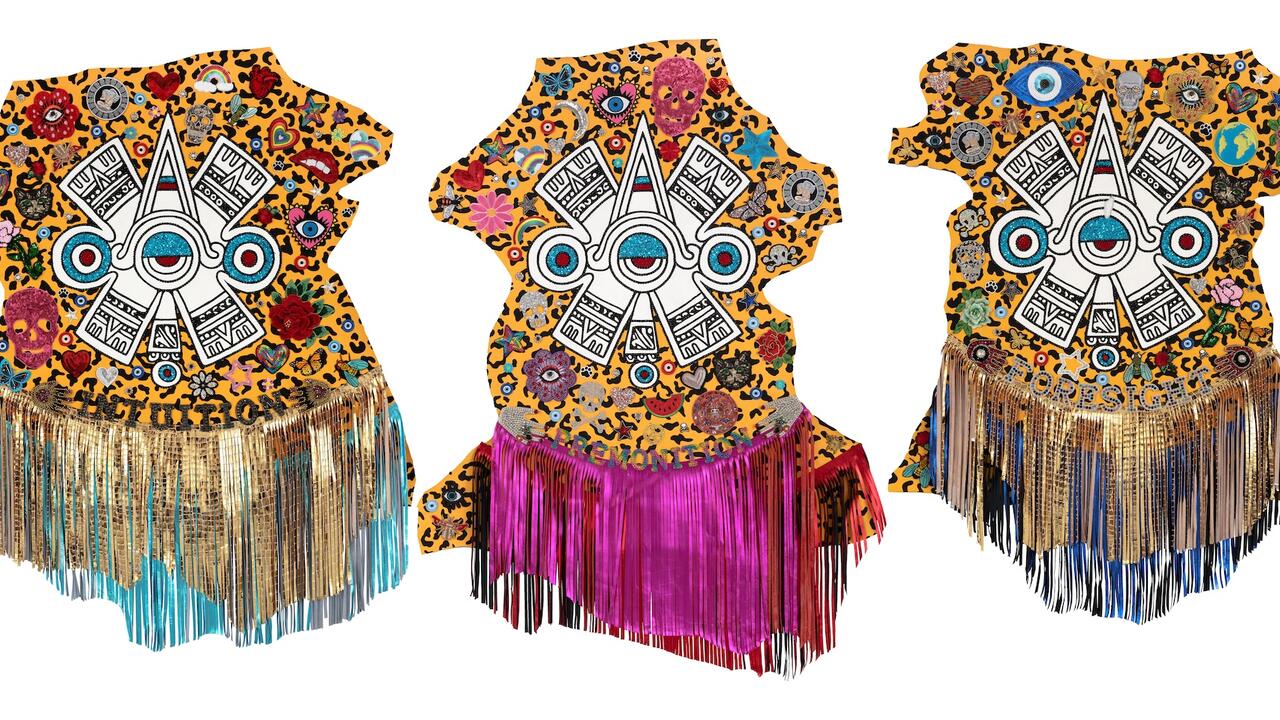Design Like You Give a Damn: Architectural Responses to Humanitarian Crises
The editors of Design Like You Give a Damn, Cameron Sinclair and Kate Stohr, are co-founders of Architecture for Humanity, a non-profit organization dedicated ‘to promoting architectural and design solutions to global, social and humanitarian crises’. This description of the group’s aims begs the question: are architecture and design really capable of ‘solving’ global, social and humanitarian crises? Or are such issues too complex to be fixed with simply another lighter, cheaper, emergency tent? The pitfalls of AFH’s approach are exemplified in Sinclair’s introduction, which opens with a phone call from the United Nations High Commissioner for Refugees in September 2001 asking if AFH can assist with refugee housing in the ‘hypothetical’ scenario of the US launching an attack in Afghanistan. Sinclair nervously writes: ‘I felt conflicted: although we certainly did not have the capacity to take on a project of that scale, it was a great opportunity to get architects and designers involved in a UN initiative.’ The group decides to pass on this ‘great opportunity’ in order to focus on an ongoing project to develop mobile HIV/AIDS clinics in Africa. Significantly, it is the organization’s scarcity of resources that induces Sinclair’s hesitation rather than any qualms about providing a humanitarian palliative to a military action of dubious ethical status.
Recent history, however, has taught us that ‘humanitarian’ efforts are never neutral. After the genocide in Rwanda in 1994, aid agencies in Zaire operated refugee camps that famously sheltered and allowed Hutu militia members to regroup and to launch fresh guerrilla attacks. Recent critiques levelled by Slavoj Zizek and others against human rights discourse might equally be applied to humanitarian design enterprises: by framing their task as a neutral matter of ameliorating suffering, they displace politics and a positive collective project of socio-political transformation.
Fortunately, there is much more here than Sinclair’s credulous and rather self-aggrandizing introduction. After a sketchy overview of the history of humanitarian design, the editors gather together 77 examples of architectural inventions and projects around the globe, grouped under the categories ‘Housing’, ‘Community’, ‘Water, Energy and Sanitation’, and ‘Politics, Policy and Planning’. The last section includes brilliant provocations by a group of anonymous designers and planners working in Los Angeles under the moniker Heavy Trash. The group practices a politics of space that is critical and – not the least of its virtues – funny. Past installations have included a stairway that allows users to bypass a fence built by the city to keep homeless people out of a local park and orange ‘viewing platforms’ overlooking local gated communities.
Also included are less tongue-in-cheek projects such as Bayview Rural Village in Virginia and the Barefoot College in Tilonia, India, which have emerged from sustained collaborations between architects and communities. Directed toward long-term social change and economic development, these ventures partially refute AFH’s mantra that design can ‘solve’ social problems. As Maurice Cox, the architect working with the Bayview Citizens for Social Justice, puts it: ‘We weren’t really talking about design, but all the things we were talking about had design consequences.’ While Sinclair asserts that it is not ‘how we build but what we build that truly matters’, Cox’s statement suggests otherwise: it’s not what we build but how designers negotiate the desires – whether aesthetic, economic or political – of their clients that counts. It’s a question that must not only be asked in ‘crisis’ situations but also applied to the politics of everyday architectural practice.
















